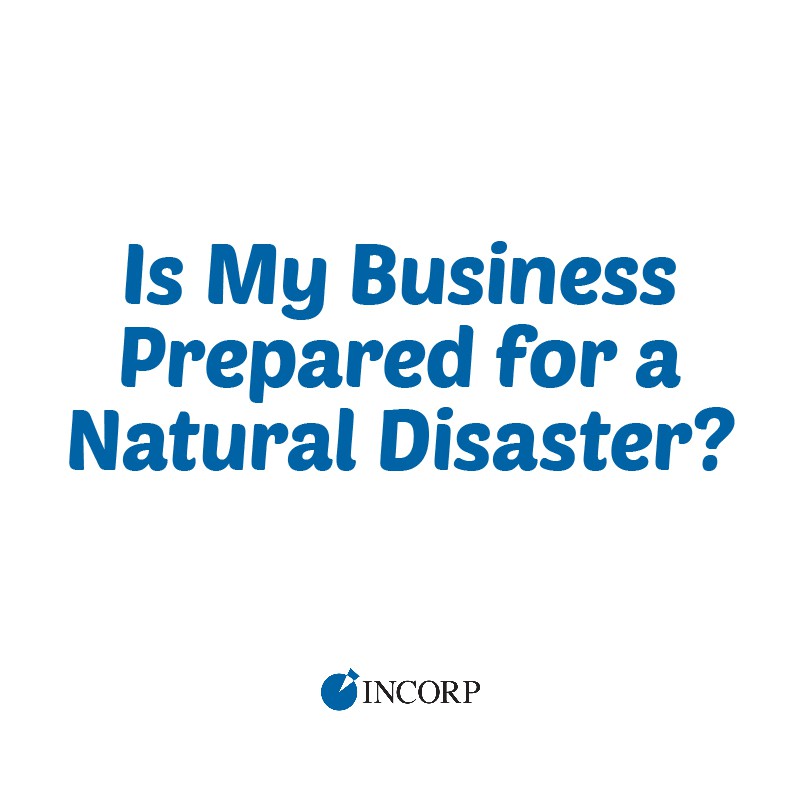Stay in the know!
Join our newsletter for special offers.
More importantly, would your employees know what to do? Having a plan in place to help you respond to a disaster could help your business survive while others have to close their doors.
Extreme weather events, fires, and other disasters can wreak havoc on a small business, especially if it has only one location. However, a recent survey showed that only about half of small and medium-sized businesses in the U.S. have a disaster recovery plan. The same survey, by Symantec, showed that the median cost of downtime for these companies is $12,500 per day.
Some parts of the country are more at risk than others for natural disasters, but fire, burglary, or loss of internet connectivity can affect any business at any time, so it's important to have a plan in place to prepare your business in case an emergency does occur. Whether you label it an emergency preparedness plan, a disaster recovery plan, or a business resumption plan, it will help you get back to business as soon as possible with the least amount of collateral damage.
While you can't protect your business against every eventuality, you can take steps to lessen your risk exposure. Here are some preliminary steps:
The best way to tell if your carefully prepared plan will work in practice is to test it. As soon as you have a draft, call a meeting specifically to discuss it, make sure everyone understands all the components of the plan, and invite suggestions on how to improve it. Consider conducting a tabletop exercise every year: develop a specific emergency scenario (a burglary over the weekend, a flood that washes out access to the building) and ask the group to run through the procedures step by step, including the call tree. After you've tested the plan, make whatever adjustments are necessary and send out revised copies.
A disaster recovery plan should not be done once and put away. It needs to be regularly updated, communicated, and improved to make sure it's available when it's needed most. The future of your business may depend on it.
Read Part 2: Unnatural Disasters
Join our newsletter for special offers.
